Walking the streets of Kassel, in the heart of Germany, I feel it has a particular charm. I come here for research several times a year, and I feel connected to the place because I had spent exciting student years in the region.
Some Germans say Kassel is ugly, mainly referring to the absence of a quaint old town as a result of the extensive bombings during World War II. Notwithstanding, Kassel is a town of art. It is world-famous for its “documenta” exhibitions of contemporary art.
The town is also home to a fascinating work by German artist Joseph Beuys, initiated in the early 1980s. With the help of numerous volunteers, he planted 7000 oak trees all over town, each of which accompanied by a basalt stone. Previously, he had dumped the basalt stones on the central plaza, forming an enormous heap which many citizens disapproved of. A basalt stone was removed and placed along with an oak only when someone donated 500 DM (approx. 256 €) to the project. The aim was to transform the urban habitat in a sustainable way, and to interfere with the ongoing urbanization.
The oaks are still around, right where people live and work – living monuments of Beuys’ central philosophy: “everyone is an artist.”
Recalling this quote, I thought of the concept underlying one of Syngrity’s signature interventions, Moving Canvases. In this intervention, the facilitator asks participants to paint their company’s values or strategies on large vertical canvases. The whole body is involved – participants paint using their hands, feet, and their colleagues’ support to reach the upper sections of the canvas. The concept originates from the belief that “everyone is born creative” – (Vikram Badhwar had written about this in a previous post).
I witnessed such an intervention during a workshop weekend which Syngrity conducted for an artificial intelligence consulting company in Panchgani, Maharashtra, in May 2018. It was fascinating to see people get up, experiment, argue about colors and patterns, and most of all, get adventurous. It seemed as if participants had forgotten about any limiting formalities and instead accessed something inside themselves which they thought they had lost since childhood. Playing with colors and calling into existence a gigantic piece of art probably tapped into conscious and unconscious kindergarten memories, when failure (and the taboos surrounding it) was still a distant concept of the adult world.

Creativity is not exclusive to those who are defined artists, musicians, actors or graphic designers. This is an essential learning from Moving Canvases. Rather, creativity arises when the workplace allows for empathy, interaction, breathing space, and for the possibility of failure. Almost any success story, ranging from new software developments to the successful entry of a new market, has involved trials and errors, and the embrace of failure. Walking untested terrain, which is what creativity essentially means, is synonymous with finding out what works, and what doesn’t. If there is a safe space to do that, solutions will eventually emerge.
That way, Moving Canvases does not only move hands, feet, colors and work material, but minds and thought boundaries. It creates a space where work routine takes a backseat and people can access intuition and the expressive powers of creativity in the literal sense of the word.
Tanja is a research consultant and holds a master’s degree in development economics, focusing on quantitative and qualitative research techniques. She has documented the work of development professionals and small-scale entrepreneurs in West Africa and India. Her field visit insights became part of a publication series by the German Development Cooperation Agency GIZ based in New-Delhi, which she conceptualized and edited.







 MALATI VASUDEVA
MALATI VASUDEVA VIKRAM BADHWAR
VIKRAM BADHWAR PRIYANKA KUMAR
PRIYANKA KUMAR SUMAL VARGHESE
SUMAL VARGHESE

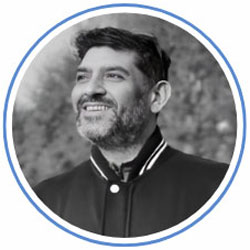
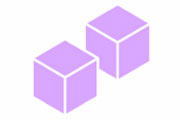
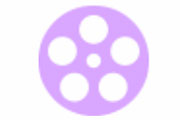



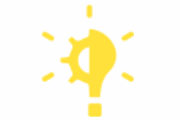




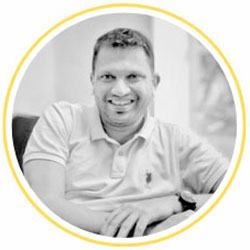


Just awesome and completely get with the “everyone has an artist in themselves” – it’s just the matter to find that quality within and enhance that skill. Thank you for sharing this experience tanja 👍🙂
Dear Abhishek,
Thank you for your comment! Yes, indeed, especially in fields which we do not perceive as “creative” there are aspects of creativity which can and should be cultivated. Think of work routines in clerical work which can be enhanced using visuals or digital project management tools. There are so many examples. Sending you warm regards.
It’s nice to develop new approaches to value art and its contribution to well being like this…
Thank you Sasan. Yes, Im glad you mention the well-being – making art and being hands-on with it can be deeply satisfying.
I look at my child play, describe and ask questions, make an annoying mess, it’s difficult but I let him be! That’s creativity at its best👍 Thanks for sharing your experiences, reminding us that creativity is always natural!
Thank you Pooja! So true, as kids we do not have these inhibitions. It is the strict routines of adult life that seemingly put us into a box with little room and time for creative outbursts. Let the inner child play 🙂
What an intriguing read. I loved that bit about the basalt stones and oak trees. Makes me want to see it.
Beautifully written. Leaves me with a desire to try it out. Love the concept of Moving spaces. Where your body and mind, actually unlearns… being stressed. We need this, in our lives.
Dear Poushali,
Thank you so much for your comment. Yes, many people are thankful for these oak trees as they make the city much greener. As for moving spaces and canvases – follow the desire to try it out 🙂 All the best.